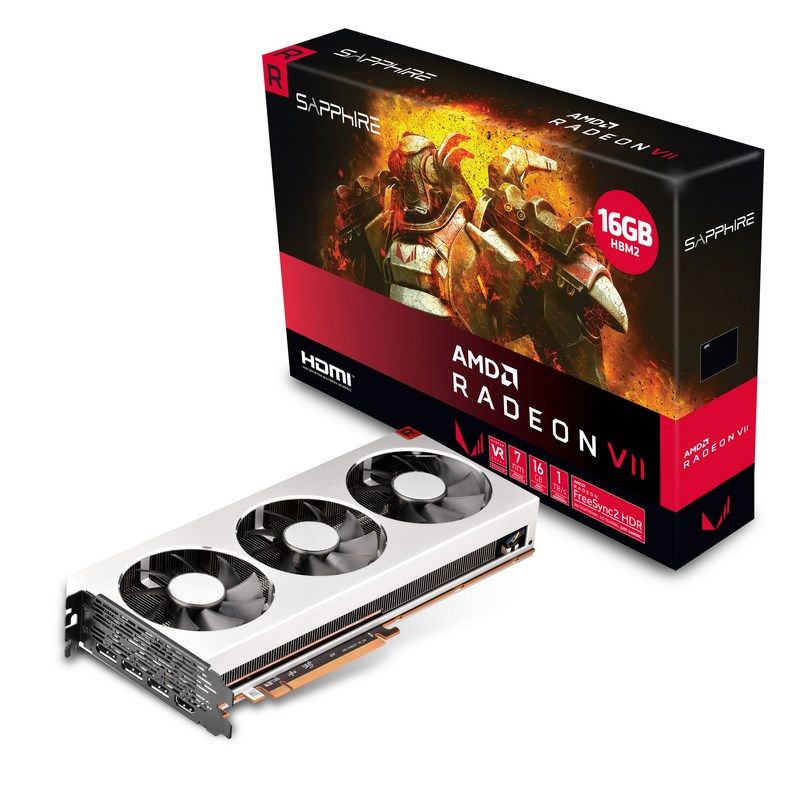I feel a cut down 12GB version with 756 MB/s memory bandwith for say $150 or $200 less would sell very well and see pretty much no performance dropoff compared to the 16GB 1000 MB/s version.
Shaving on stack of HBM, might save AMD what? $25? Even less because judging by past AMD products, it would probably still still populate all 4 stacks and just disable one.
So cutting $150+ would probably make the card a money loser.
![[H]ard|Forum](/styles/hardforum/xenforo/logo_dark.png)

